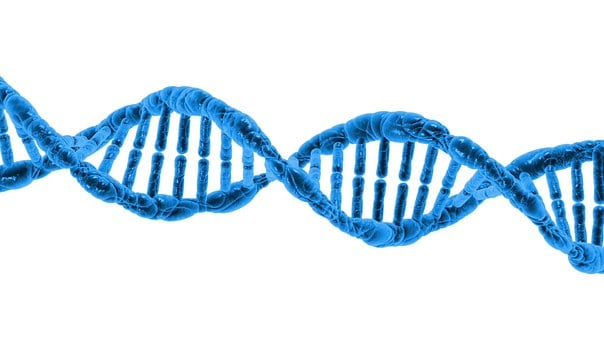Apr 4
2019
3 Common Barriers That Reduce Protein Development
 Protein-based drugs are a quickly growing pharmaceutical sector, providing treatments for cancer and autoimmune diseases, among others. Obviously, efficient, accurate lab results are desirable. The goal is the development of compounds that have a stability measured in years.
Protein-based drugs are a quickly growing pharmaceutical sector, providing treatments for cancer and autoimmune diseases, among others. Obviously, efficient, accurate lab results are desirable. The goal is the development of compounds that have a stability measured in years.
Though there are many factors that can negatively affect the successful development of protein drugs, it is useful to examine some of the most common. Chief among the factors affecting the stability of protein pharmaceuticals are protein aggregation, deamidation, and oxidation. What are these processes? How could they influence your results? Most importantly, how can you prevent them?
Protein Aggregation
To be used in pharmaceutical drug molecules, proteins are routinely folded via van der Waals attractions as well as hydrophobic attractions. These protein protein interactions cause the amino acid chains in proteins to become attracted to themselves and fold in. Unfortunately, when these folded proteins exist in high concentrations, the same attractions can cause amino acids in neighboring proteins to attach to each other, forming protein aggregates.
Protein aggregation can increase the viscosity of the medications, as well as produce visible particles, making the final product less desirable. However, safety concerns are an even greater concern. Aggregations can result in liquids with unknown concentrations, limiting the amount of the drug that can be administered at any time. Researchers also worry about the human body developing immunity to the proteins or even an autoimmune disease.
Deamidation
Deamidation is a chemical reaction in which proteins lose an amide functional group. Often, unfavorable laboratory conditions cause deamidation, including high temperatures and high pH conditions. Deamidation results in the degradation of the protein because it damages the side chains that contain the amides. It is impossible to make generalizations about the effects of deamidation. Effects on protein activity range from none to decreased activity so effects must be considered on a case-by-case basis.
Deamidation affects the final product primarily because it alters the protein, resulting in a product with unknown properties. The product’s stability is affected, and the degree to which the product is effective is now an unknown. It is important to limit deamidation in the lab.
Oxidation
Protein oxidation is one of the main forms of degradation in protein pharmaceuticals. In oxidation, amino acid residues with high oxygen reactivity are exposed to contaminating oxidizing agents during processing and storage. Light and transition metal ions speed up oxidation, resulting in the further break down of the protein.